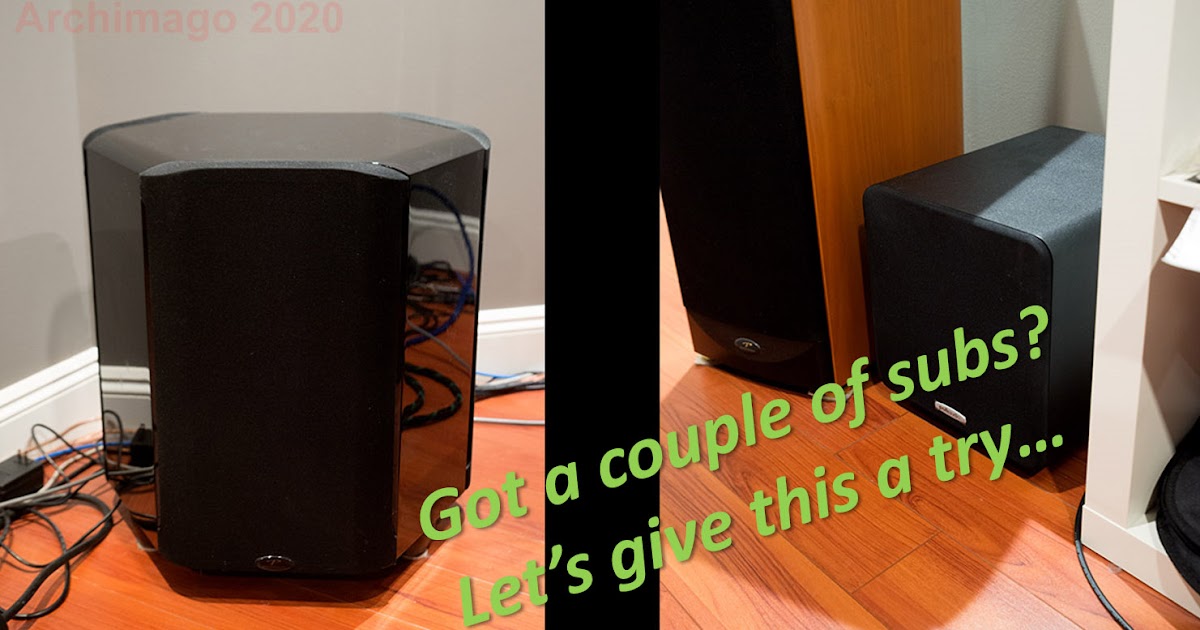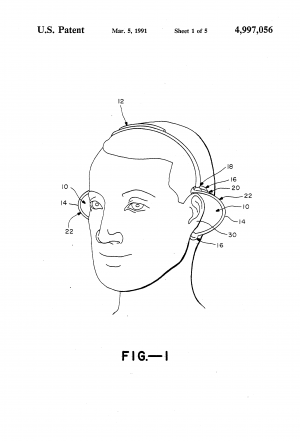amitakkihal
New Member
I recently moved to a new house. Was surprise to observe my system performs so much better here. Sound stage, bass definition, just sounds fuller. I'm convinced now.
Yes getting the balance between no treatment and over treatment is a big challenge.I understand people's issue with commercial acoustic treatment products. One way to get people to see the light is to tell them that anything in their room is actually room treatment. Curtains, bookshelves, sofas, carpets, plants, all furniture. They all have absorption and diffusion properties. If you remove all of it from the room, the music system will be unlistenable. Now, if one were to carefully choose all such materials giving some importance to their acoustic properties as well and maybe add a few carefully chosen diffusers or absorbers that complement their decor and add those to the primary and secondary reflection points and do something to their ceilings as well, the sound quality will improve a lot. If there is a problem with bass, you need solve that as well. Many options available. Bad bass not only creates bass problems but also affects mids and highs like Jls001 mentioned. Balance the sound so that there is life to the sound. The worst place to listen to music is a dead home theatre room. Many people develop a dislike for room treatments after listening to such rooms.
Btw, I once heard an active system where the entire mids and high regions were let free and handled only by careful room treatments while the bass region were treated by DSP. The result was outstanding.
And it’s not measured in Freq response or DB, but sqft!Well important or not , the room is definitely at least the most expensive pasty of the setup ( if you have a dedicated room that is !)

I think the room is really an extension of your speakers and so room correction in one form or another can make the difference between a system that sounds good and one that sounds sublime! I have used Dirac in the past but I now use Focus Fidelity with very satisfying results indeed.So, is the room the most important component?
Don’t give up because your room is suboptimal — almost all of them are — and chances are very high that you can and will still get amazing sound.
Archimago says “ it seems like the article is basically saying that we can rearrange our gear or perhaps treat our rooms in ways that sound good, thus making the room less important than a general consensus might suggest. There seems to be an undertone of trying to downplay the role of the sound room and suggesting that one can spend more money on high quality gear and still benefit. OK, sure, to some extent that's true; but there are obviously limits. After all, if the room is way too small, cubical, highly reflective and impractical to treat, speakers inappropriately shoved deeply against walls, or if there is no space behind the seating position, there's obviously no point spending $$$$ on gear that one can barely appreciate! In my opinion, the quality and size of the room and quality of the gear (especially speakers) should be reasonably balanced.
IMO, without doubt, the room does play a major role in the sound quality; I think it would be silly to suggest otherwise even though I have heard some completely deny this over the years! For example, objectively we can easily show the nodes (nulls) and antinodes (peaks) resulting from reflections and standing waves in our small domestic listening rooms. Subjectively, these effects/limitations are easily audible as well. The way we arrange the speakers will interact with the inherent properties of our listening room in ways much more significant than much of the concerns "hardware audiophiles" often speak of or obsess over (like which CD player/DAC/streamer/server we use, cable differences, or if jitter even is audible.”

MUSINGS / MEASUREMENTS: Multiple subwoofers to reduce nulls. The USB/UFO faithful. And thanks for the blind test submissions!
A blog for audiophiles about more objective topics. Measurements of audio gear. Reasonable, realistic, no snakeoil assessment of sound, and equipment.archimago.blogspot.com
“So, is the room the most important component? Nope. But feel free to argue” ( after taking a look at this):

Is the room the most important component?
Hi-Fi news, gear reviews, and interviewsparttimeaudiophile.com
That's what REW is for, Dirac Live to correct it accordingly. Unless built from scratch, With Specific purpose and professional help ; no room is ideal.I am yet to find a reviewer who reviews room acoustics in houses…
Pie chart is is elegant demonstration of Room, Speakers and Source importance.Maybe I am not understanding the pie chart in the right context. But I have always felt that a balanced system in a room with balanced acoustics provides the most performance. From that context, I would divide the pie into 2. This would be an " importance " chart. One side would be the room and the other side would be the entire system ( a balanced one). The room is that important. A high quality speaker in a bad room will just sound bad.
This is a better way to put it across, now you're left with finding the speakers that exploit the characteristics of your room to meet your preferred sound. Find out the speakers that suit your room, and build a system around it.I think the room is really an extension of your speakers and so room correction in one form or another can make the difference between a system that sounds good and one that sounds sublime!
thats mostly true, off late I've encountered speakers that sound good in spite of the room restrictions. Obviously treating a room will extract much better sound out of them, but they're not far inferior in untreated rooms. They're quite expensive speakers to say the least.The room is that important. A high quality speaker in a bad room will just sound bad.
It is technically impossible for any speaker to sound good if room restrictions are severe. There is no escaping acoustics principles. When I said " treating a room ", I did not restrict my definition to professional or commercial treatment products. A typical living room with enough furnishing is technically a treated room. In your case, I surmise that the room has acceptable acoustic properties in spite of not using commercial products.thats mostly true, off late I've encountered speakers that sound good in spite of the room restrictions. Obviously treating a room will extract much better sound out of them, but they're not far inferior in untreated rooms. They're quite expensive speakers to say the least.
To extend this further - some people I know always listen with their fingers interlaced behind their heads (hands behind their ears). Try it; you may never go back to listening any other way.Many people will ignore seating but they don’t realize that they need to sit comfortably for 2 hr stretch to enjoy the whole setup.
With the base of the palms pushing the ears forward the high frequencies are more prominent !To extend this further - some people I know always listen with their fingers interlaced behind their heads (hands behind their ears). Try it; you may never go back to listening any other way.
You don't need to push your ears forward so no fatigue at all.With the base of the palms pushing the ears forward the high frequencies are more prominent !
Extended listening sessions might become fatiguing for the arms too
Cupping hands possibly increases the pinna gain, making the sound a bit louder. It is possible that the SPL was not enough (for the listener).To extend this further - some people I know always listen with their fingers interlaced behind their heads (hands behind their ears). Try it; you may never go back to listening any other way.
I'm not suggesting cupping. The SPL does increase a bit but it's not only that. The perceived sound changes quite a bit compared to not listening this way. Try it. You'll know. Or not!Cupping hands possibly increases the pinna gain, making the sound a bit louder. It is possible that the SPL was not enough (for the listener).
This is something I found out few years ago and an idea had propped up to make something like a headphone but instead of the two drivers, have a plastic thing that does the job of using the hands. This will leave your hand to do other things that they are meant forCupping hands possibly increases the pinna gain, making the sound a bit louder. It is possible that the SPL was not enough (for the listener).
It's already been done. I saw an ad a couple of years ago for a thingie like that.This is something I found out few years ago and an idea had propped up to make something like a headphone but instead of the two drivers, have a plastic thing that does the job of using the hands.
As a general acoustical rule of thumb, the way to best remember this is if an obstruction is on the order of half the wavelength or greater, then the sound will be obstructed (and in the case of the pinna effect, reflected). Low-frequency sounds have wavelengths that are just too long to have any significant attenuation or reflection due to an obstruction. The diameter of such an obstruction would have to be gigantic.


